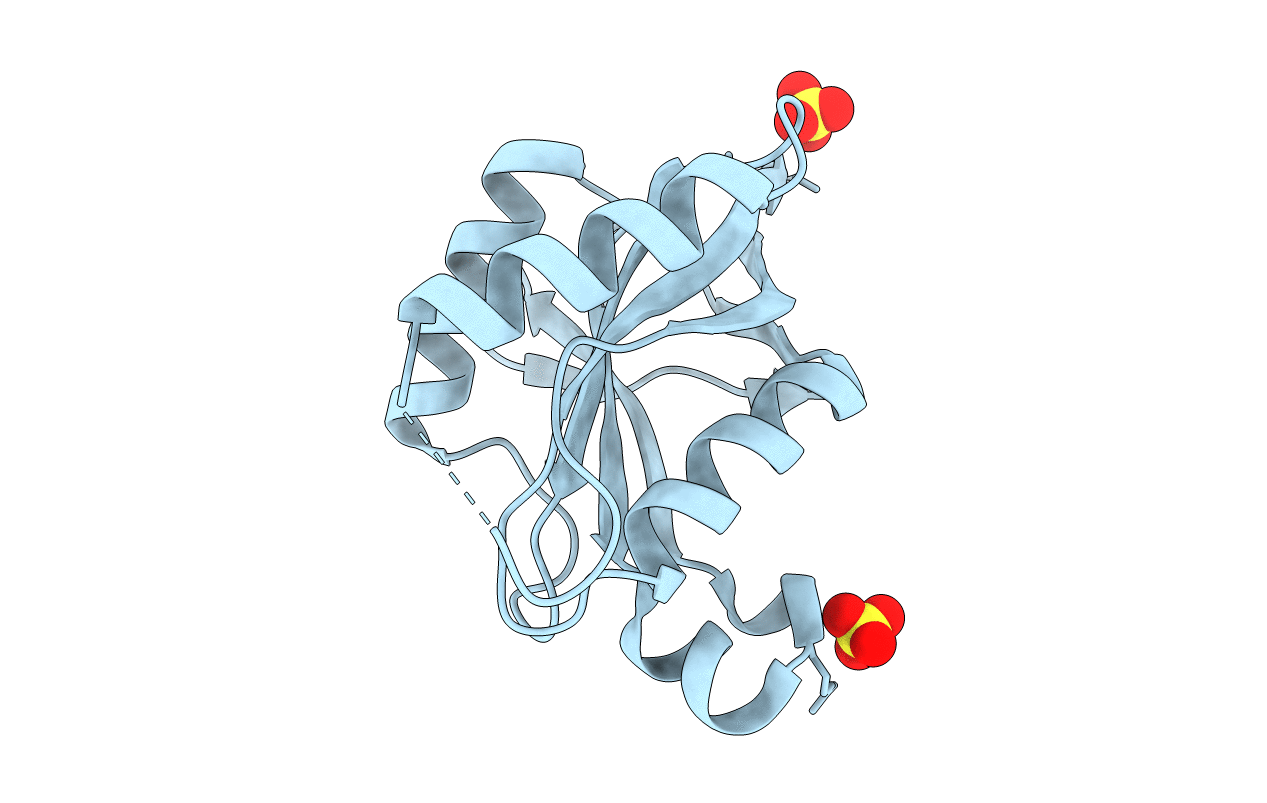
Deposition Date
2018-01-23
Release Date
2018-07-25
Last Version Date
2024-01-17
Entry Detail
Biological Source:
Source Organism:
Candidatus Caldiarchaeum subterraneum (Taxon ID: 311458)
Host Organism:
Method Details:
Experimental Method:
Resolution:
1.35 Å
R-Value Free:
0.21
R-Value Work:
0.17
R-Value Observed:
0.17
Space Group:
P 41 21 2


